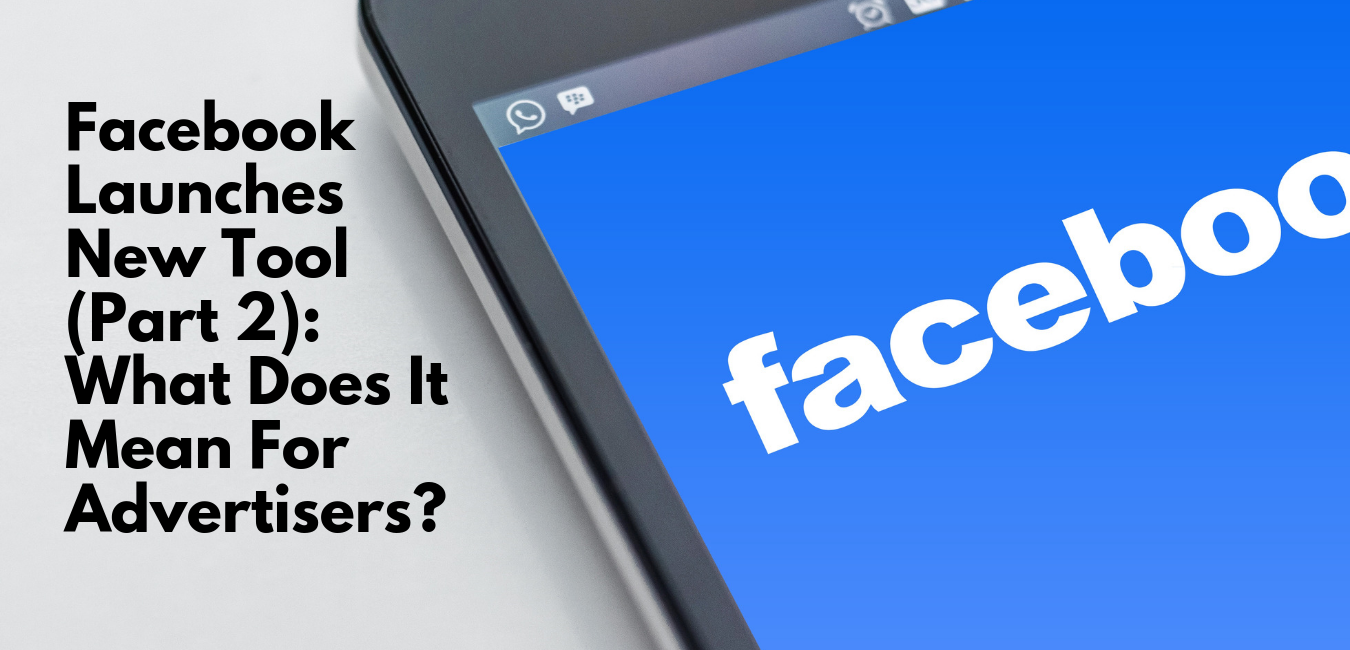
How to Improve Your Facebook Relevance Score Effectively
September 23, 2025
The Great Hack on Netflix Explores How Personal Data Shaped Elections
September 23, 2025

If you haven’t heard, Facebook developed a new feature called “Clear History”. Now, it is ready to roll out under a new name: “Off-Facebook Activity”.
This “Clear History” tool was conceived most likely in response to last year’s Cambridge Analytica. This tool aimed is providing Facebook users with more transparency and control over how their information is used for ad-targeting.
For users, it’s essential to understand these options to best protect your data. You may read our earlier blog post for more explanation on this new tool. In this blog post, we will be discussing about how it may affect advertisers. Therefore, for marketers, it’s essential to become familiar with this feature to ensure current, and future ad targeting is optimised to reach the right people.
So how does it work?
Just a brief recap. it’s something we’ve all experienced it. We visit a website once, and the next time we log onto Facebook, our newsfeed get flooded with advertisements from that brand.
Most likely, this happens because that website is using a Facebook Pixel or some other tracking system. This pixel helps to sends Facebook information that your device has visited their website or has completed a particular action on their website. Facebook’s system will then try to connect your device with a Facebook Account. Once there’s a match, you are eligible to be shown ads for that brand.
Also, that advertiser can use that visit to target future ads to you as well. One thing to note is that same brand may not have any personable identifiable data about you. But Facebook users are understandably concerned that Facebook has access to your browsing history to sell you products.
Deep-advertising like these are what keeps advertisers coming back for more. With Off-Facebook Activity, there is now a middle ground for both Facebook users and advertisers.
As users navigate to “Off-Facebook Activity” in their settings, they can view a list of all the companies that have sent data to Facebook. Users can choose not to be shown a particular company’s ads based on their browsing data. They can clear the information that the website or app has connected to their Facebook account.
They also have the option to disconnect all future off-Facebook activity from that specific website or app. Users can opt to do this for all off-Facebook activity in one sweep or do so selectively.
Am I being affected now?
Now, people in Ireland, South Korea and Spain will have access to the Off-Facebook Activity tool first before it rolls out more broadly later in the year.
Some things to keep in mind
1. Disconnecting from the off-Facebook activity does not prevent that brand from advertising to you: Facebook users will still receive the same number of ads on Facebook regardless of how many advertisers they’ve disconnected. Advertisers can still target based on demographic information or activity that takes place on Facebook (visiting a company page, liked pages, demographic information etc.) The only difference is that users who disconnect off-Facebook activity may see less relevant ads.
2. Disconnecting future activity also disconnects all past activity: When a user disconnects current activity, that website may still be able to collect browsing data for future visits. If you’d like to turn off all off-Facebook activity data, disconnecting future activity will prevent that company from targeting based on previous and future sessions.
How will this impact advertisers?
For marketers, Facebook’s ability to target ads based on a user’s website activity has significant helped re-engaged users and move prospects down the funnels. For advertisers who were reliant on the Facebook pixel, they might be affected.
So, what will we do if our audience chooses to disconnect off-Facebook activity? Remember that this is a new feature. The adoption rate of users choosing to disconnect may not be significant enough to impact your advertising
However, advertisers running current Facebook campaigns should keep an eye on metrics as this feature is rolled out. If you’re noticing that our reach and impressions are going down retargeting campaigns, it may be due to people disconnecting.
Some tips advertisers can take to avoid being blocked
1. Don’t spam website visitors with your ads. Use more in-depth targeting by studying specific activities such as a particular product or content is highly viewed.
2. Ensure that your ads are relevant to your target audience. A user visiting a page for your upcoming event does not mean you should serve an ad about a key service offering.
With “off-Facebook activity”, advertisers should consider the potential impact this change can have for retargeting campaigns and adjust your goals accordingly for future campaigns.
Lastly, whether you are for or against it, this is where Facebook is headed. Soon, it may be that such practices may be standardised across all social media platforms. Expect changes like these to span even beyond Facebook. As marketers, we should always continue to stay ahead of the curve.
Also, do watch our webinar about the future of content strategy through SEO here:



